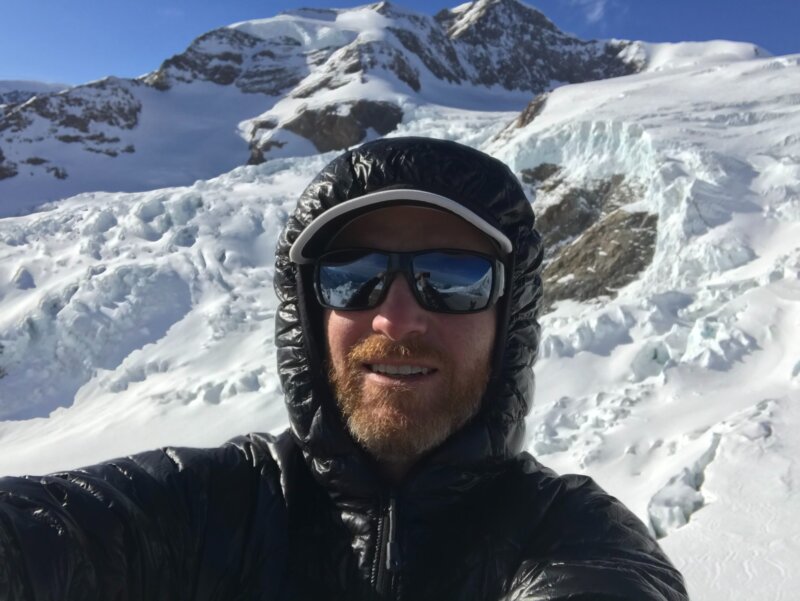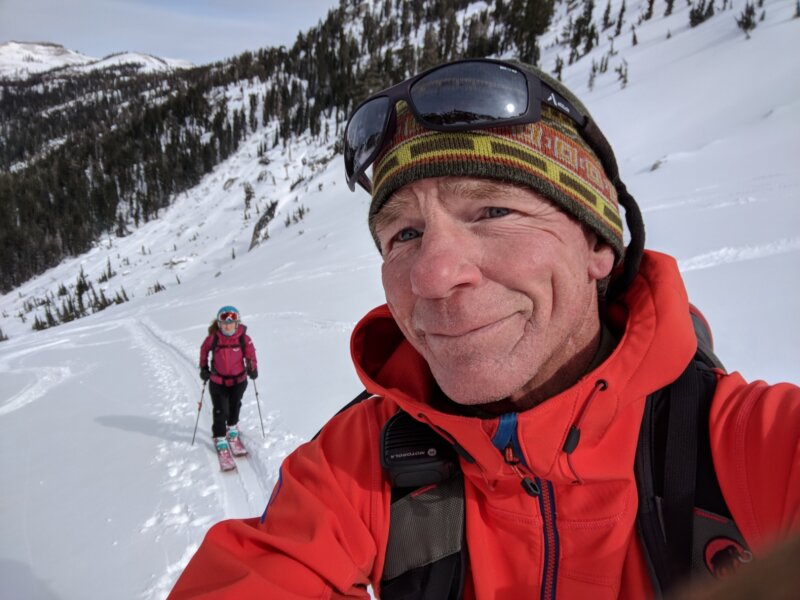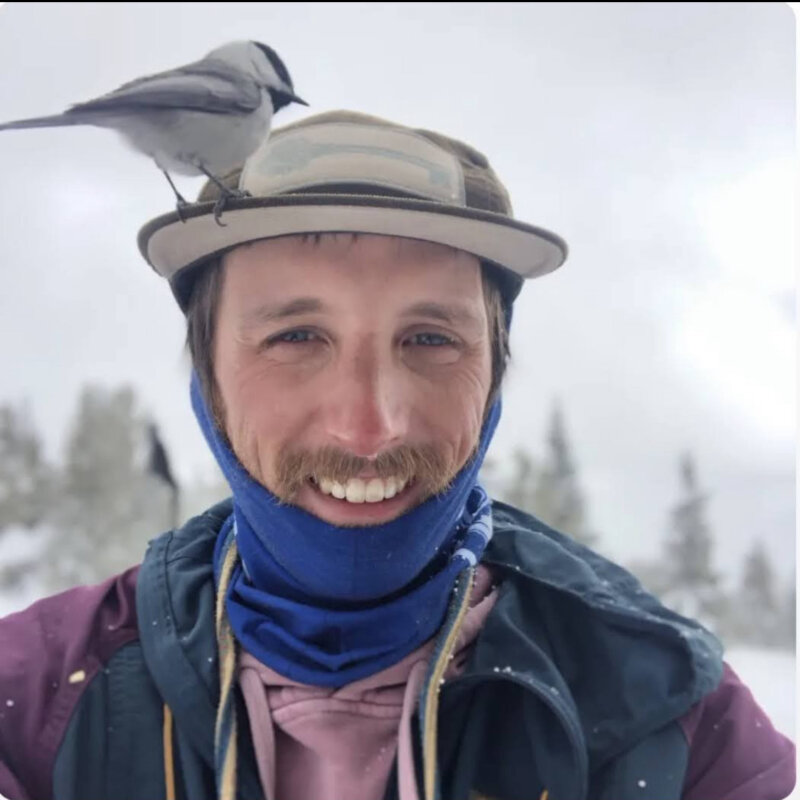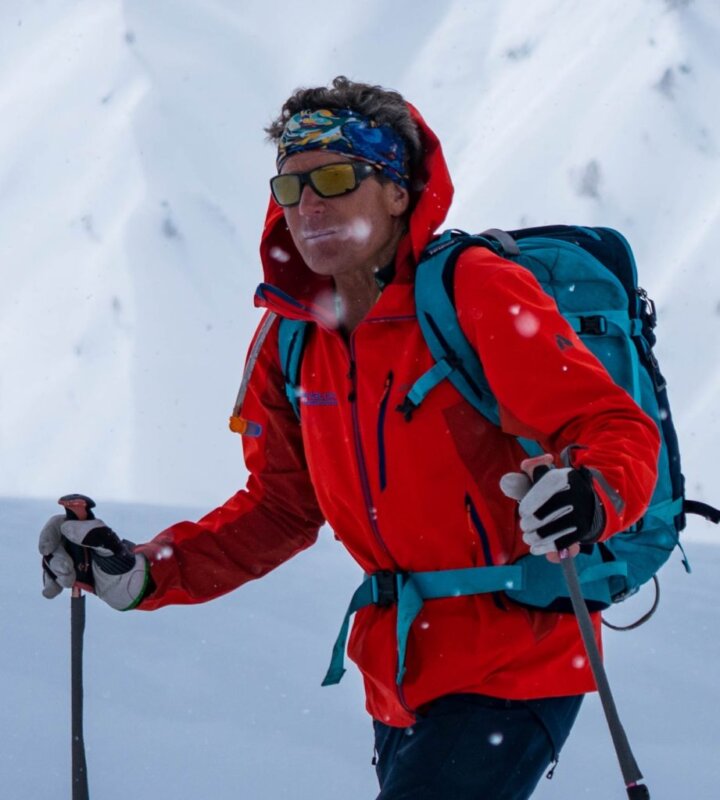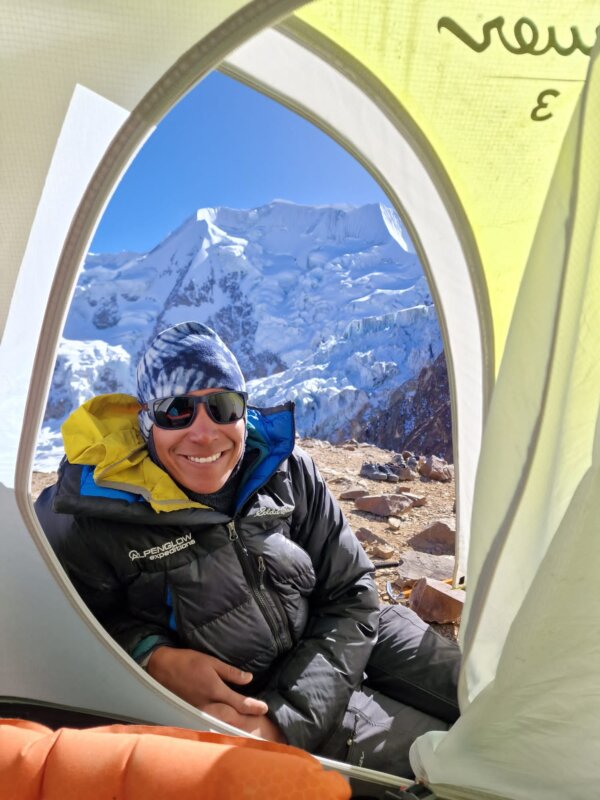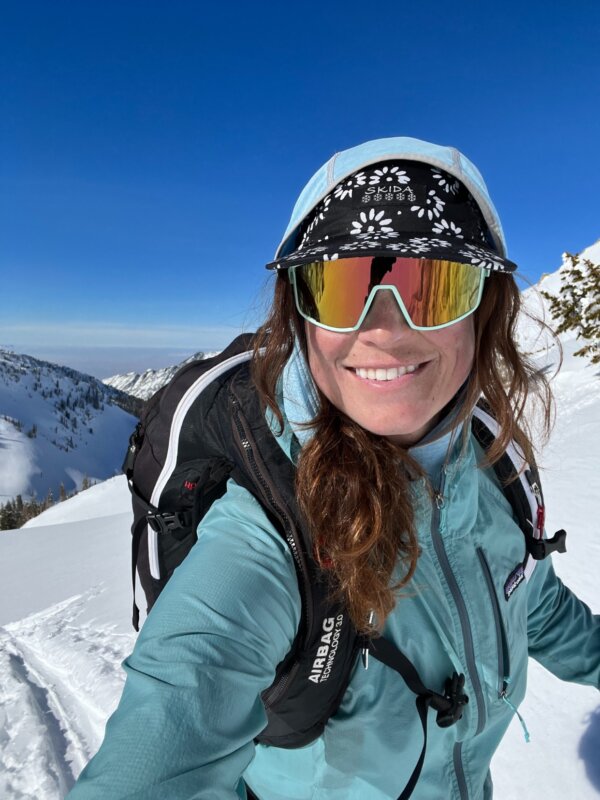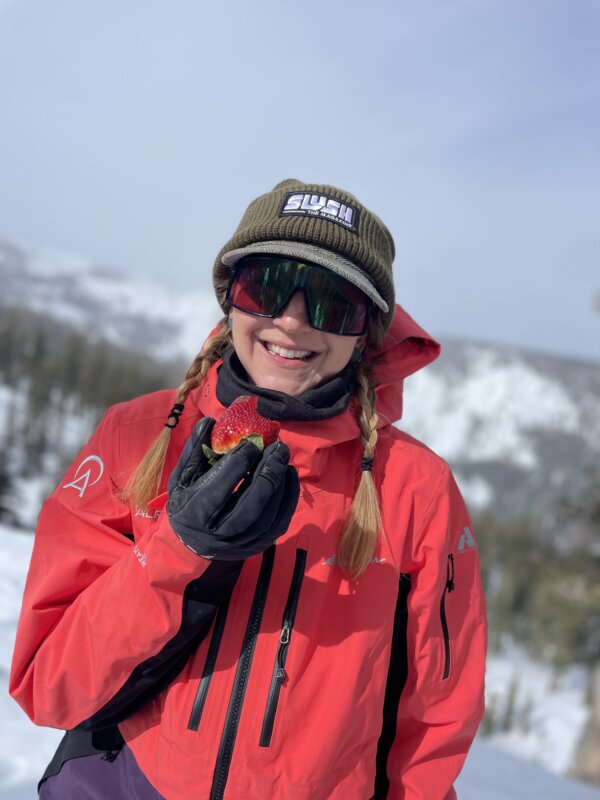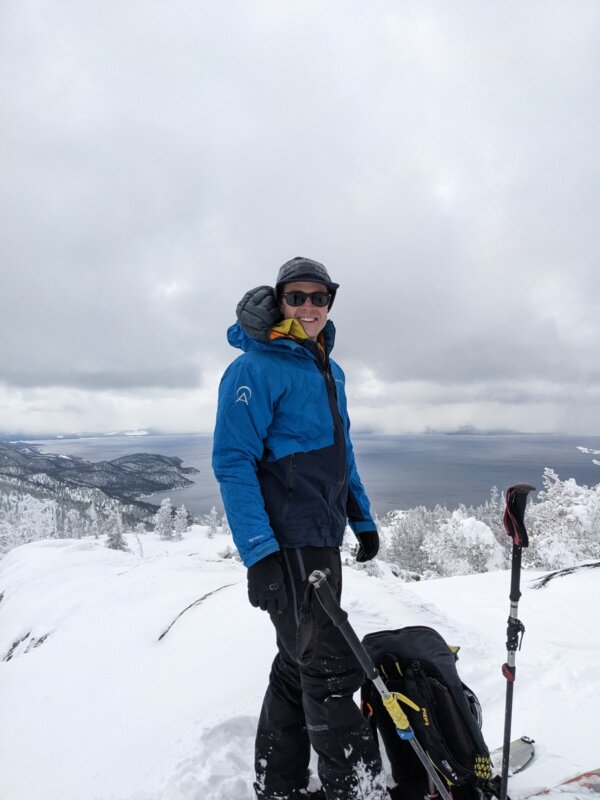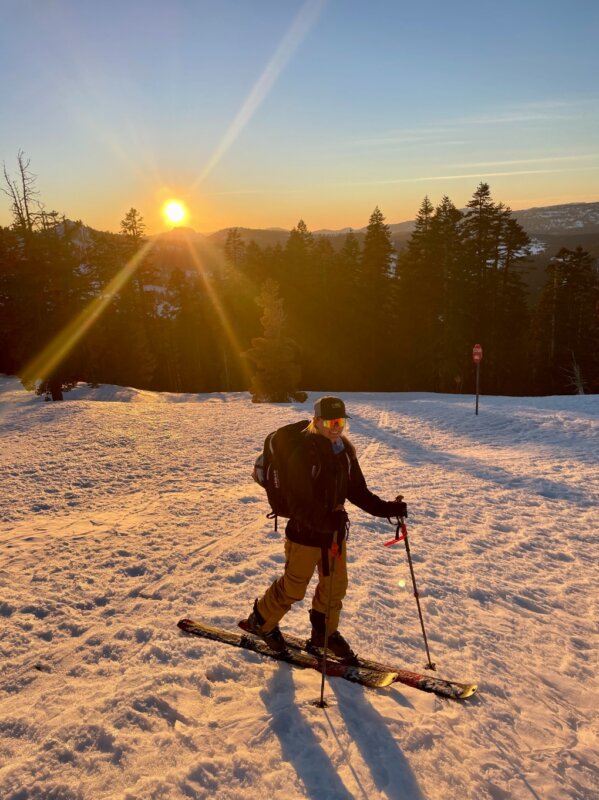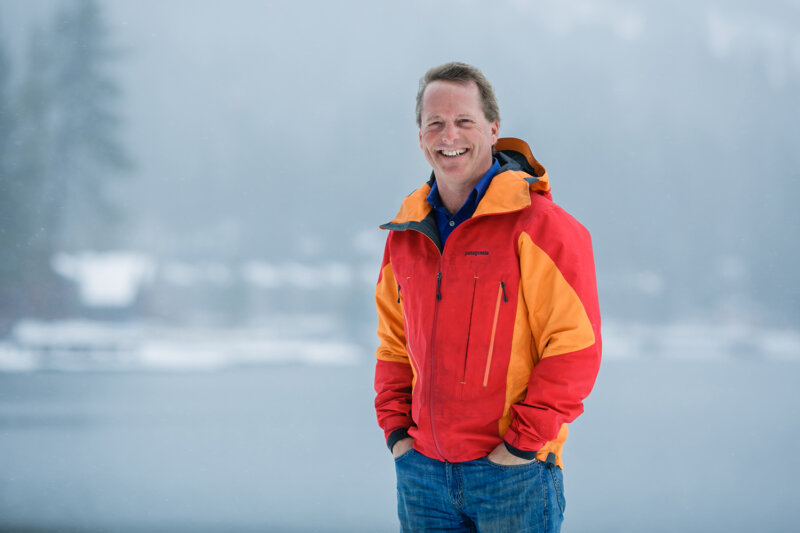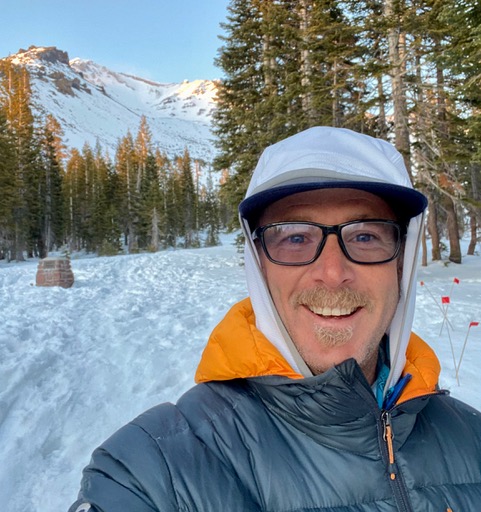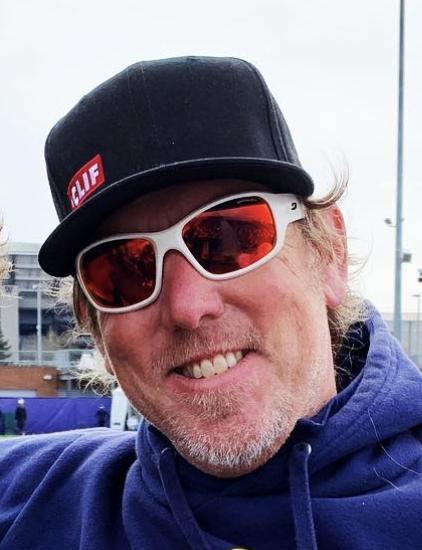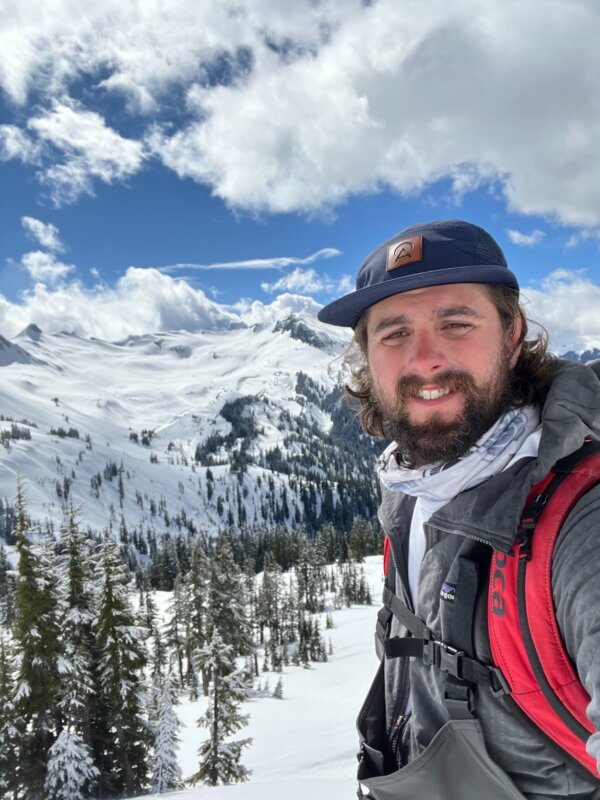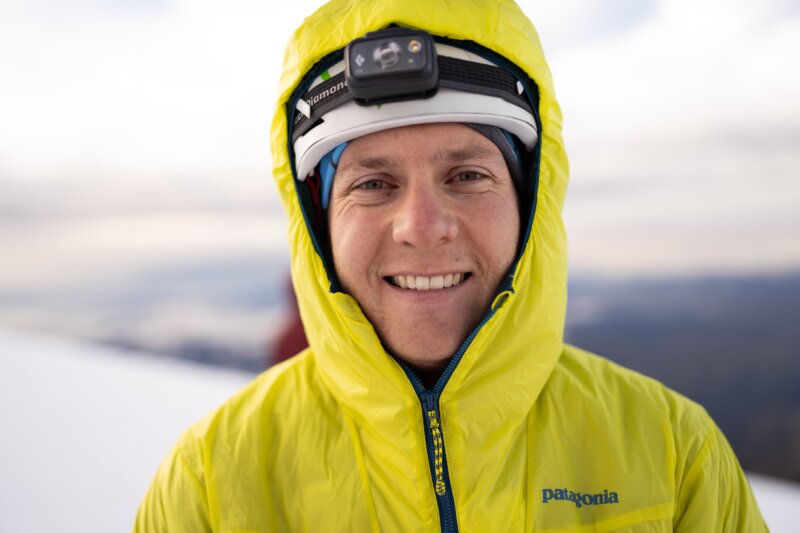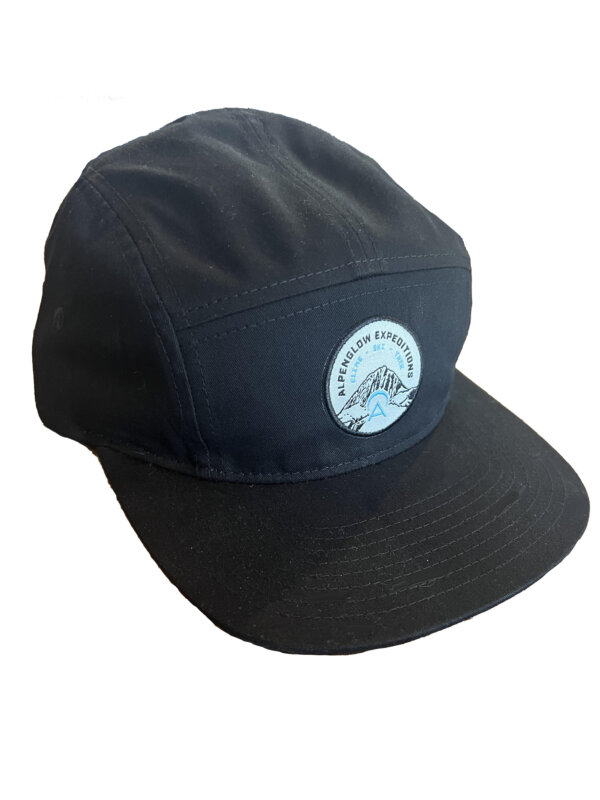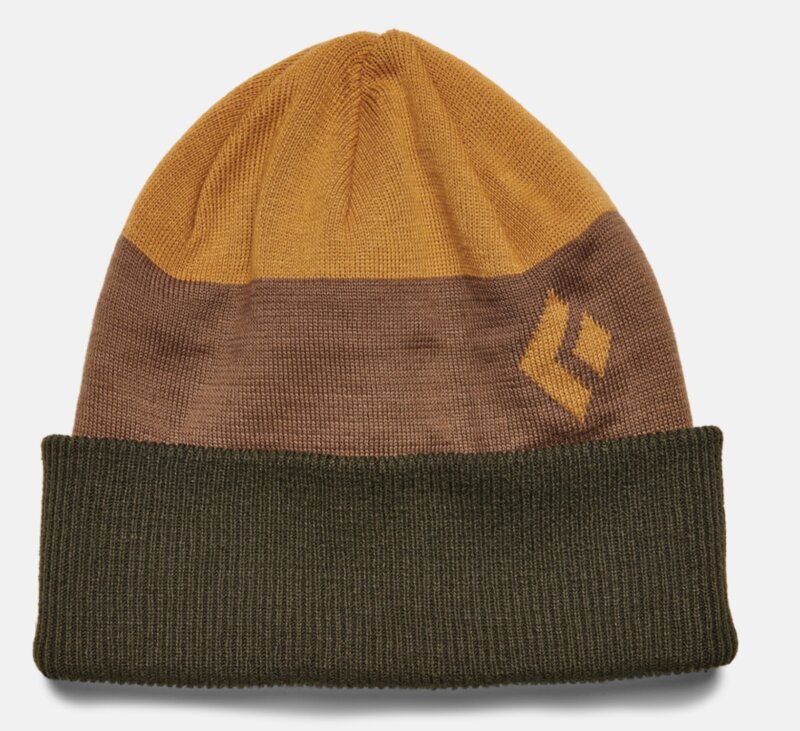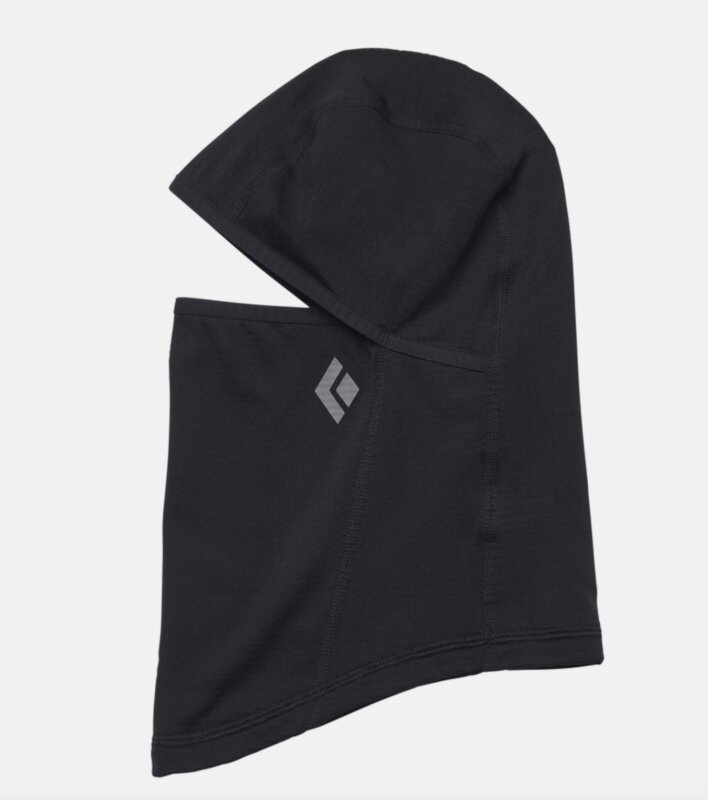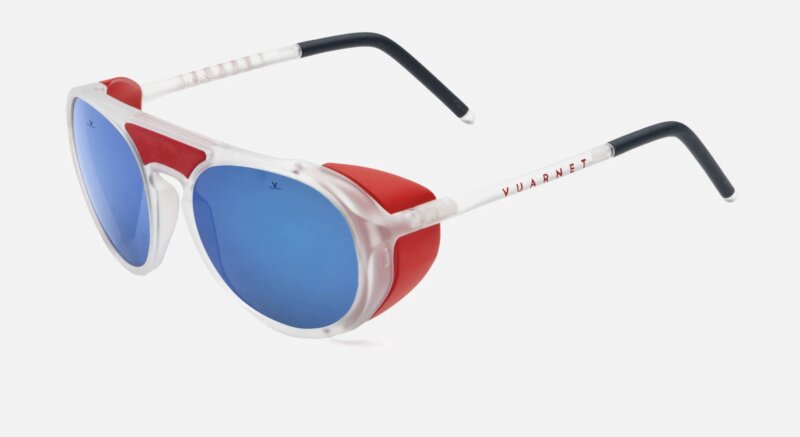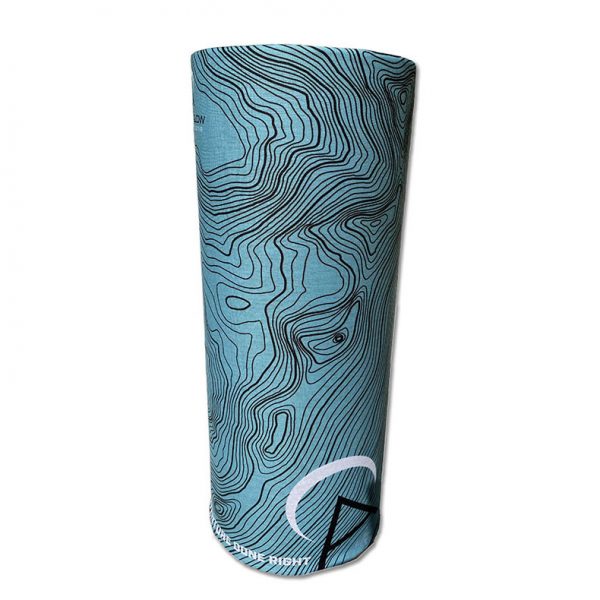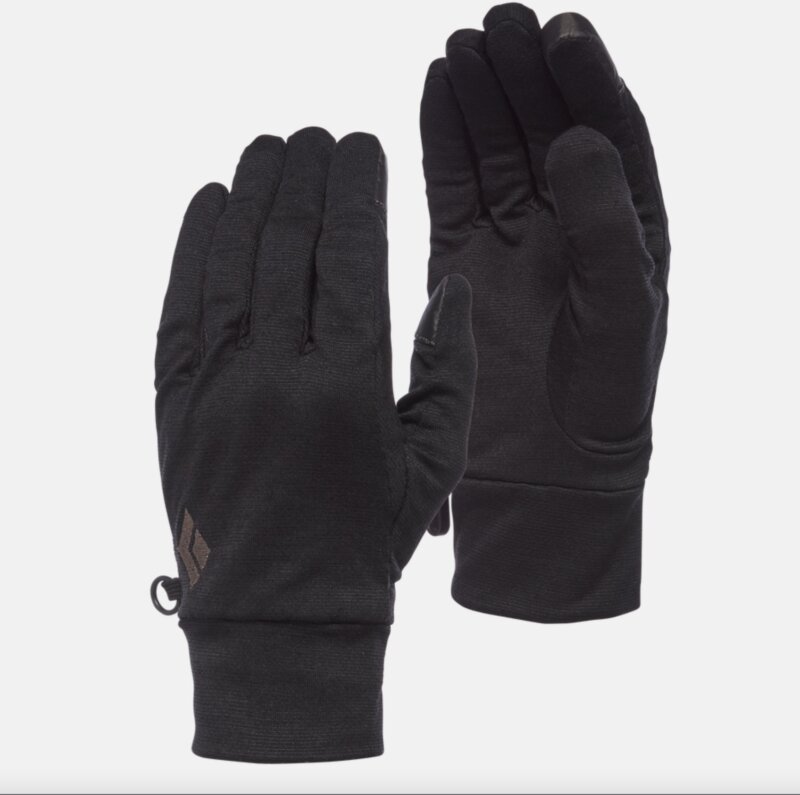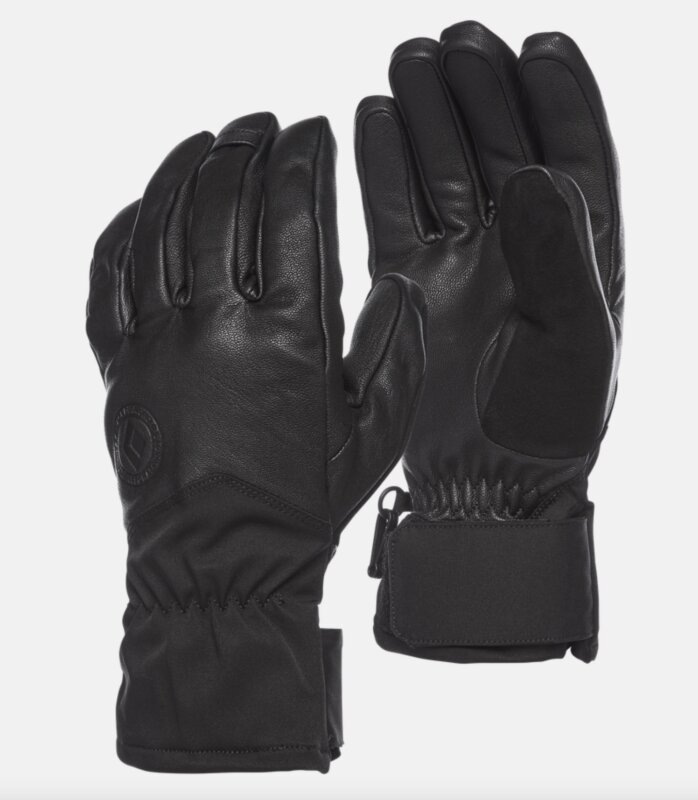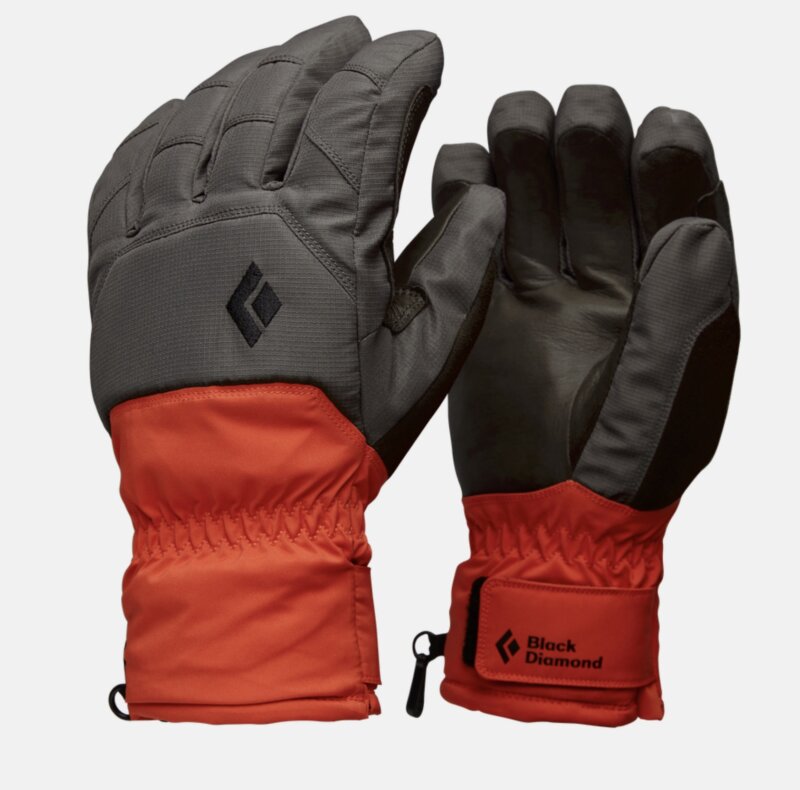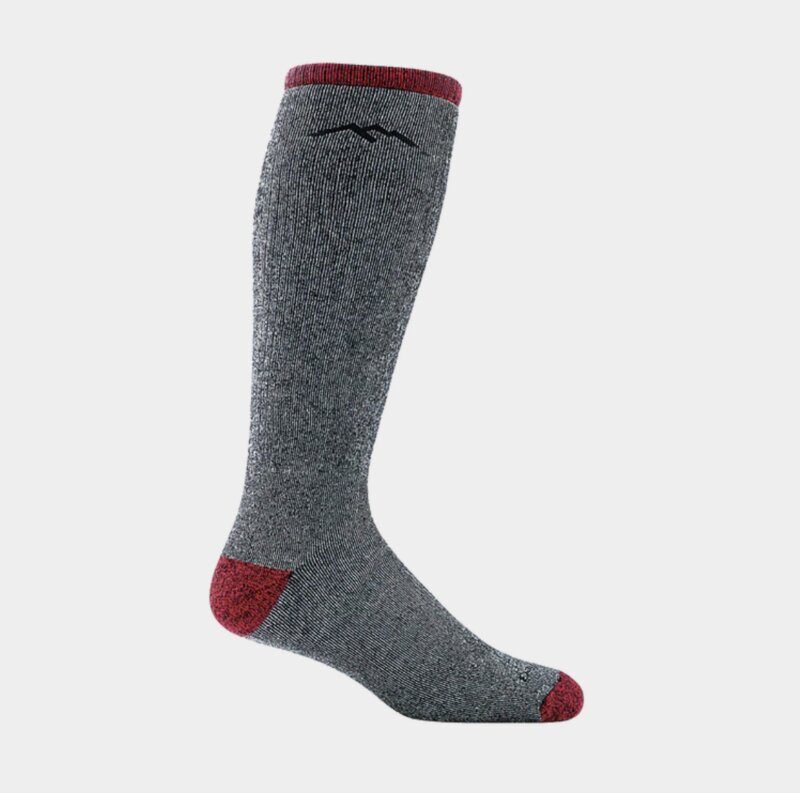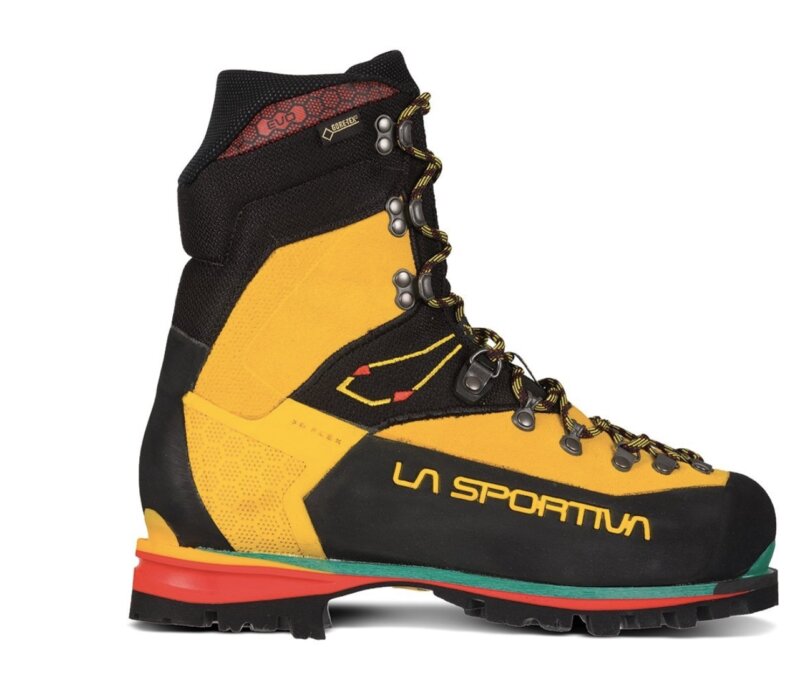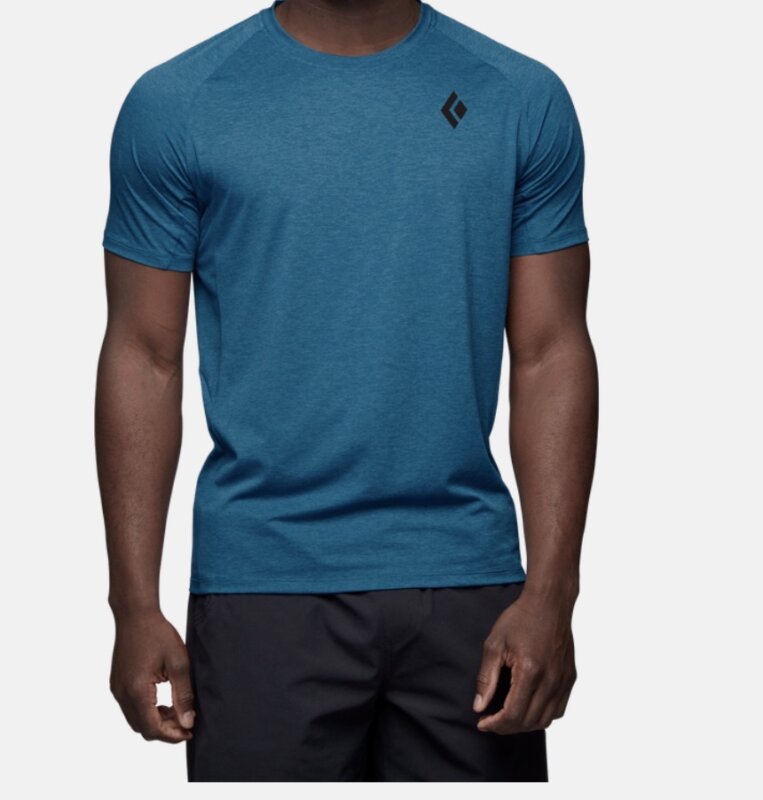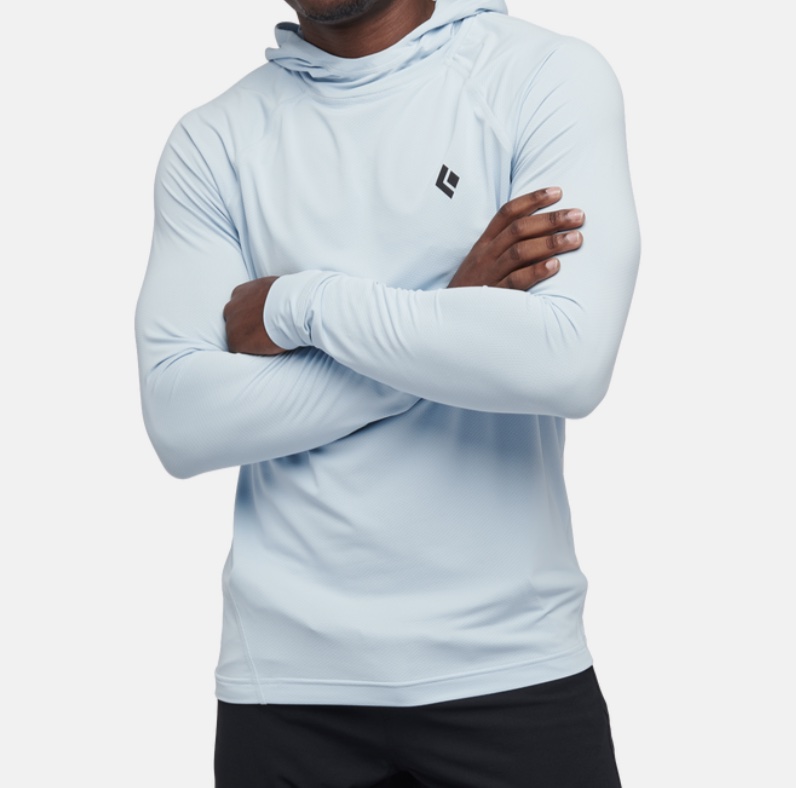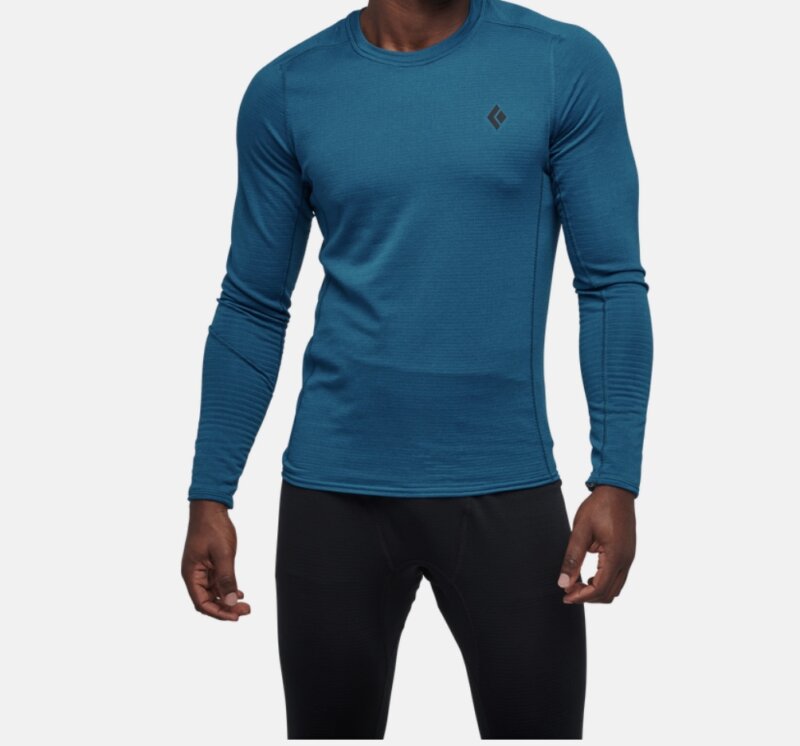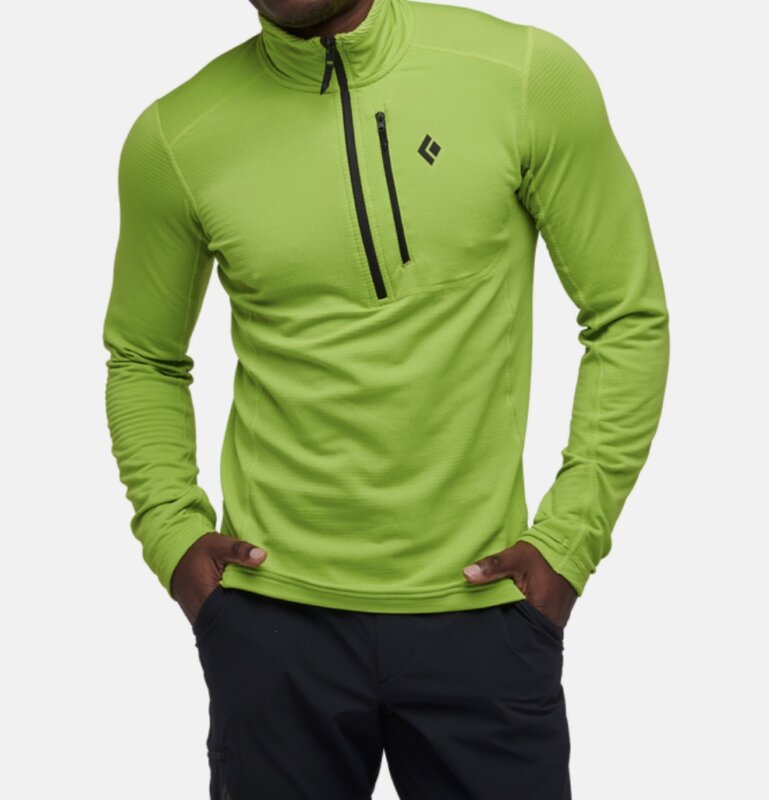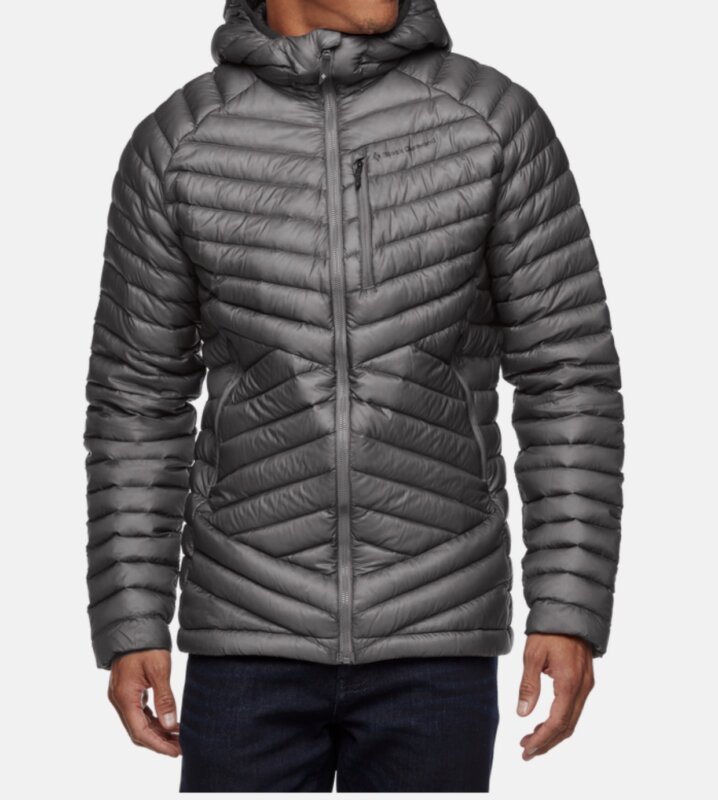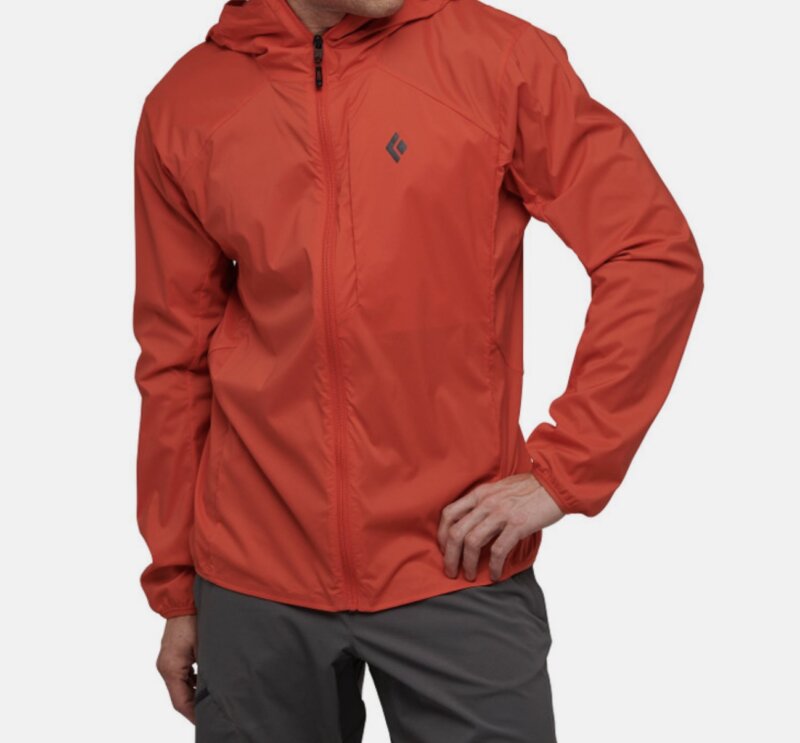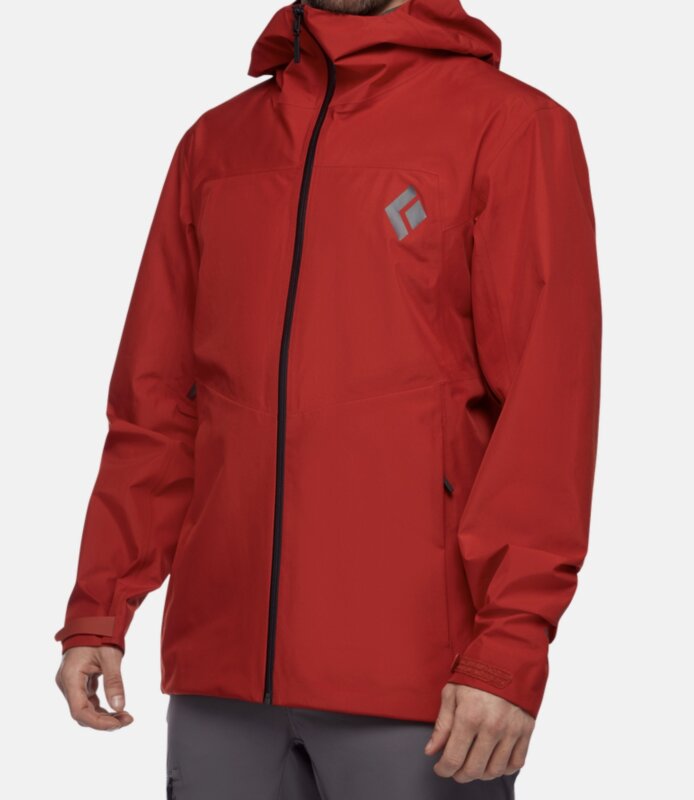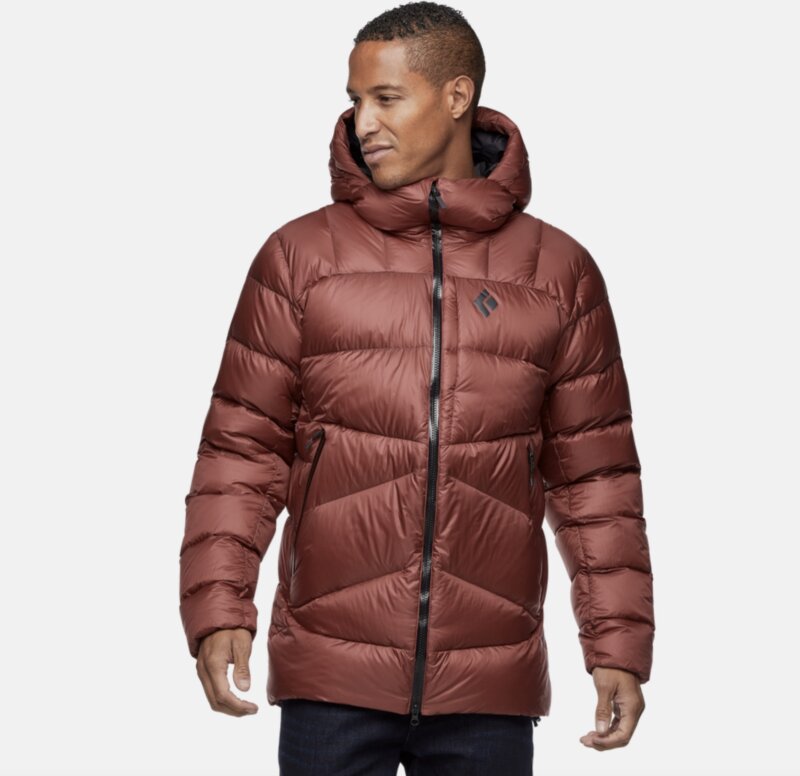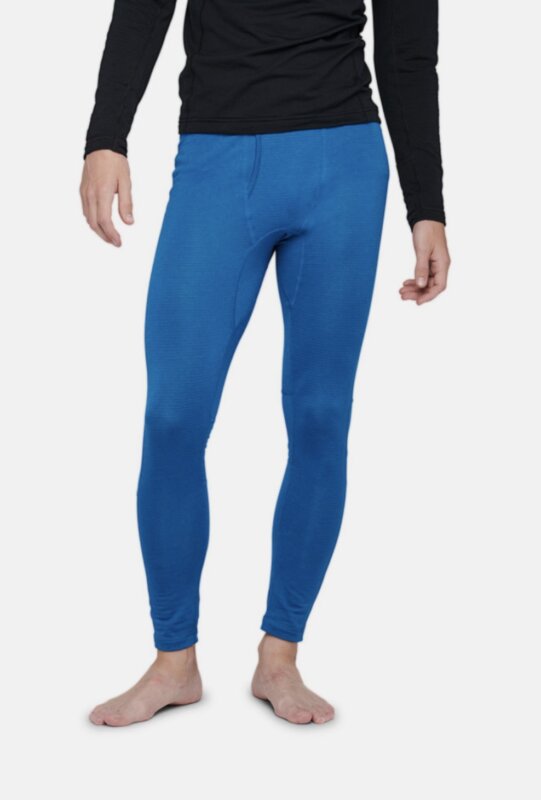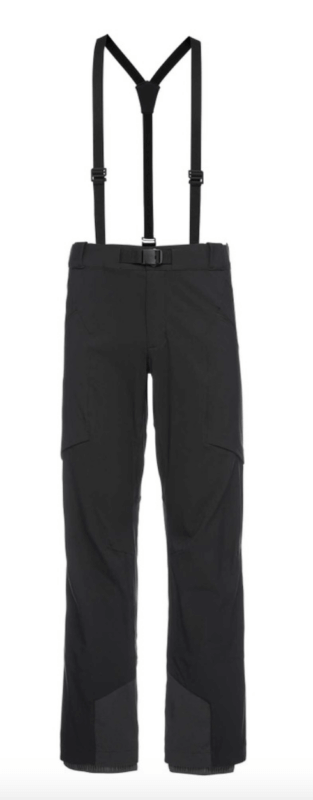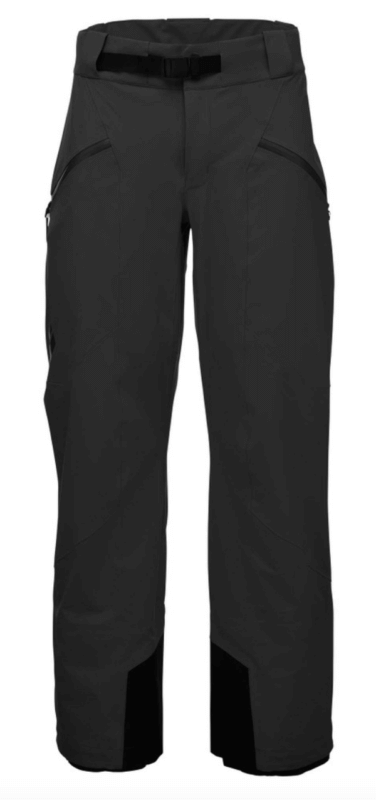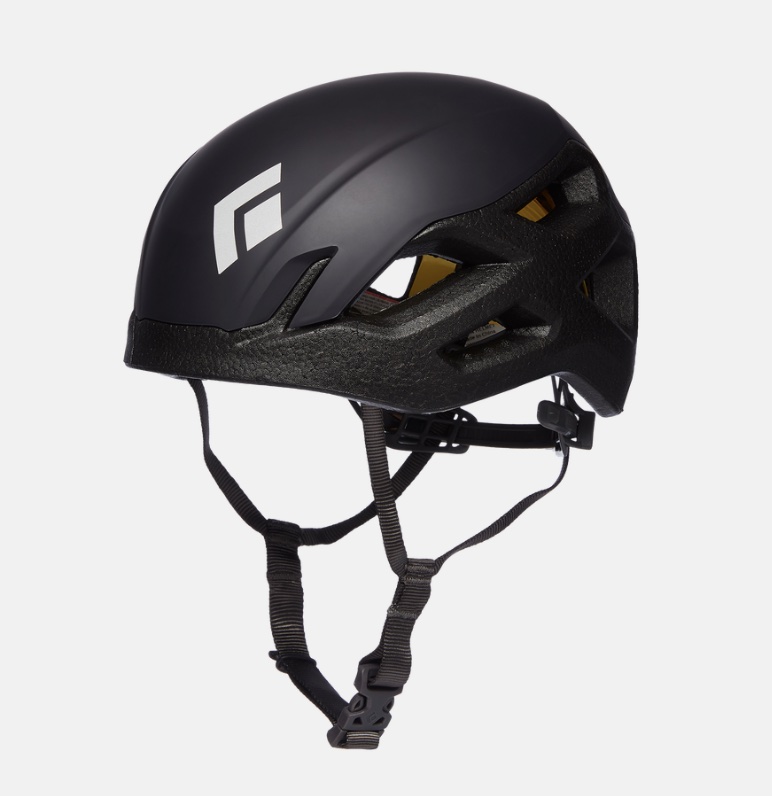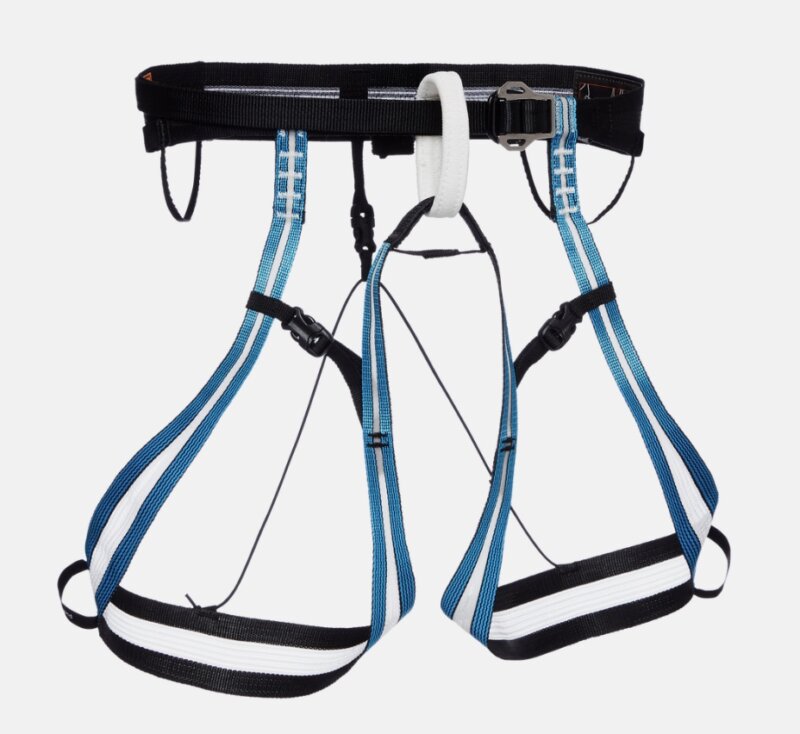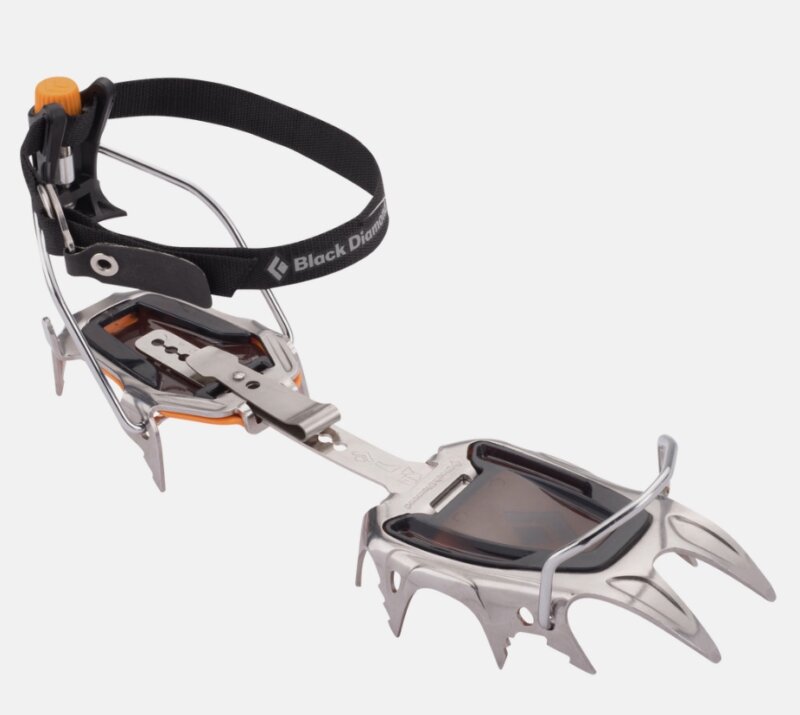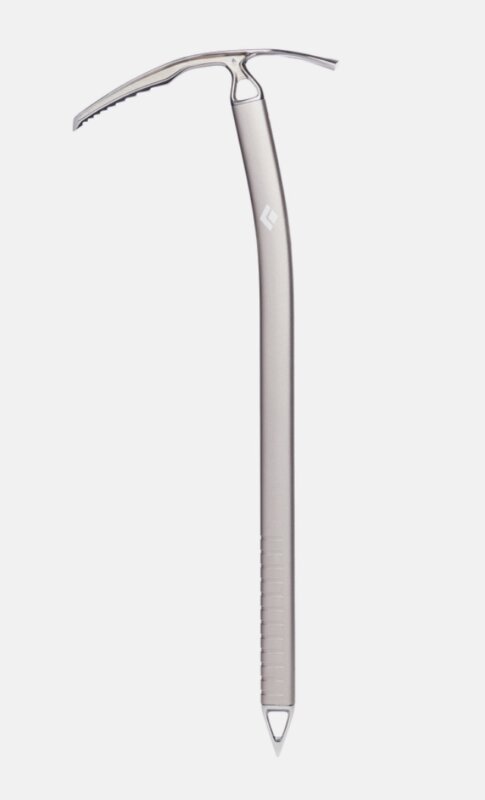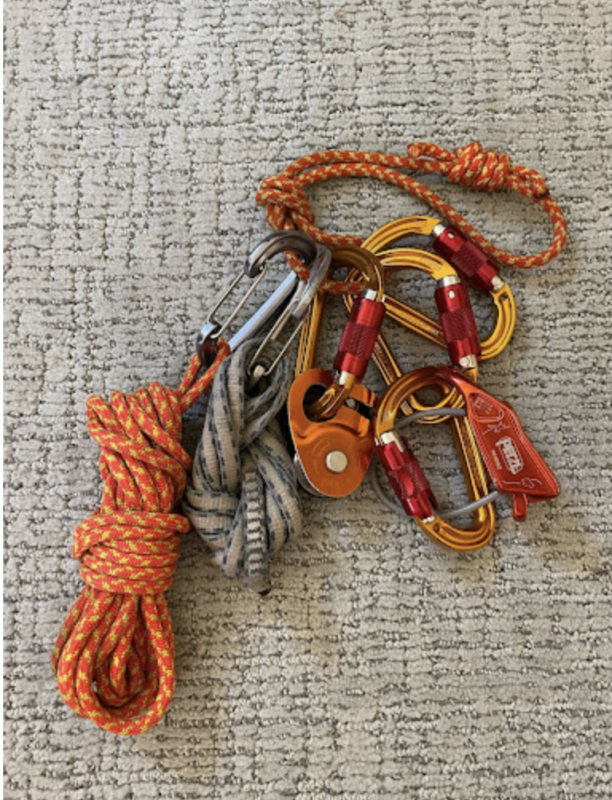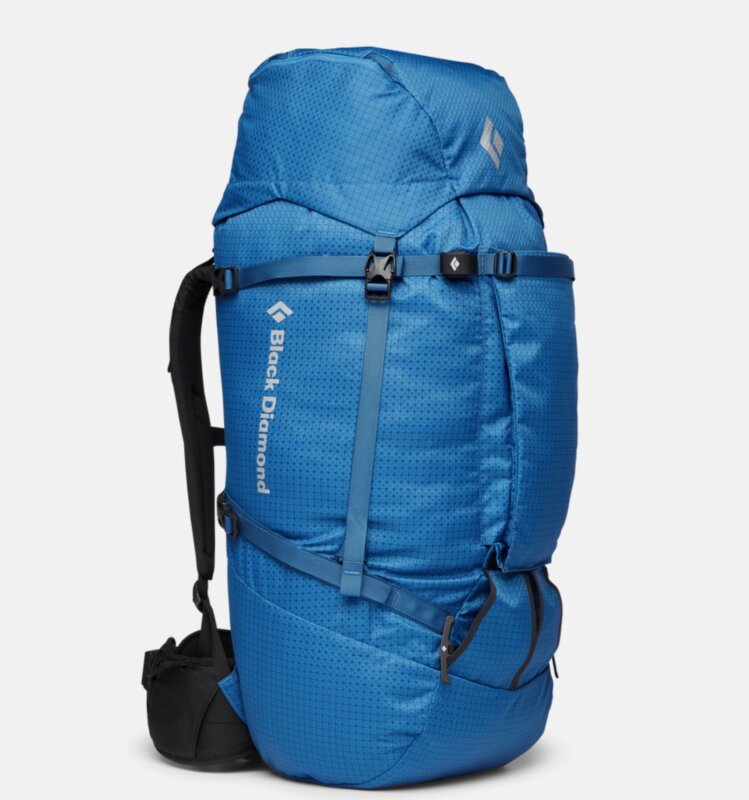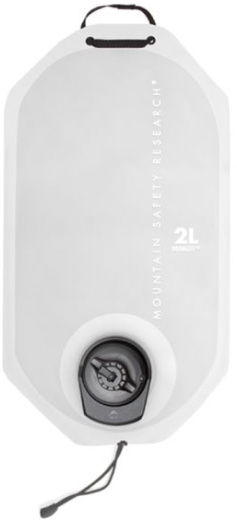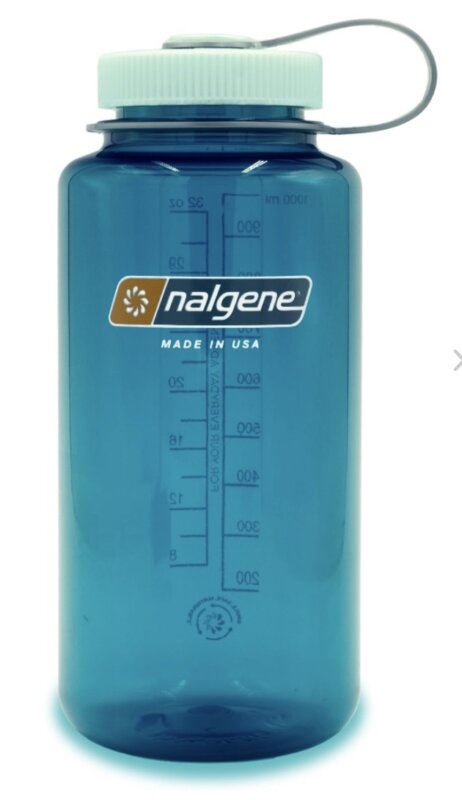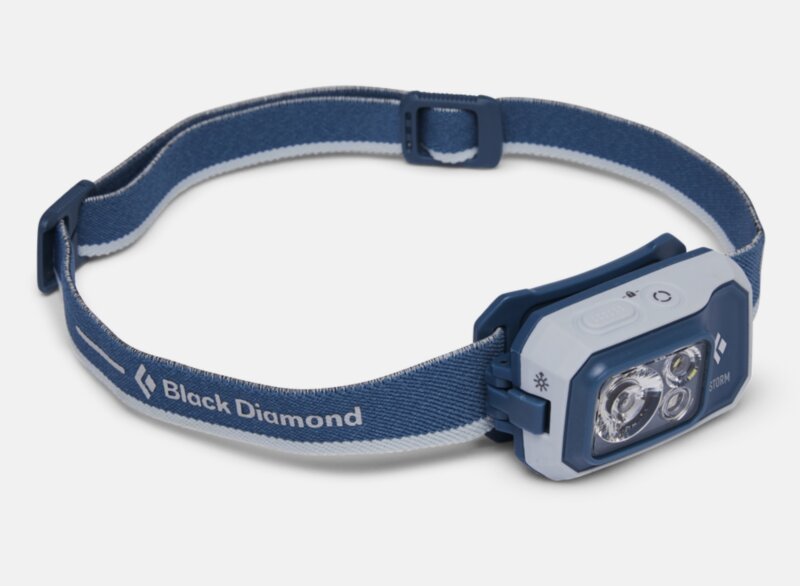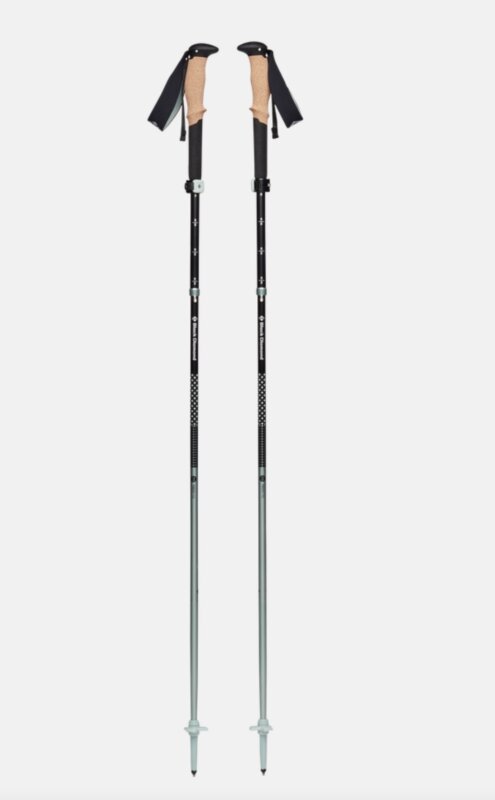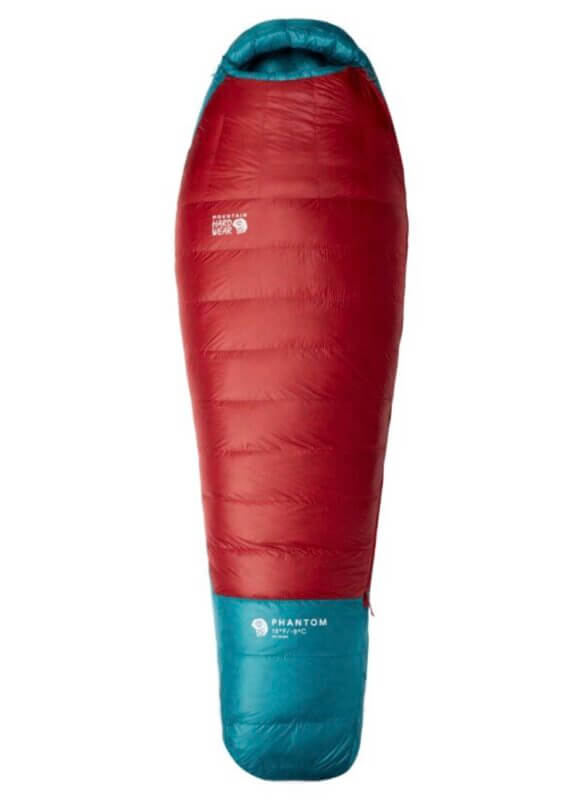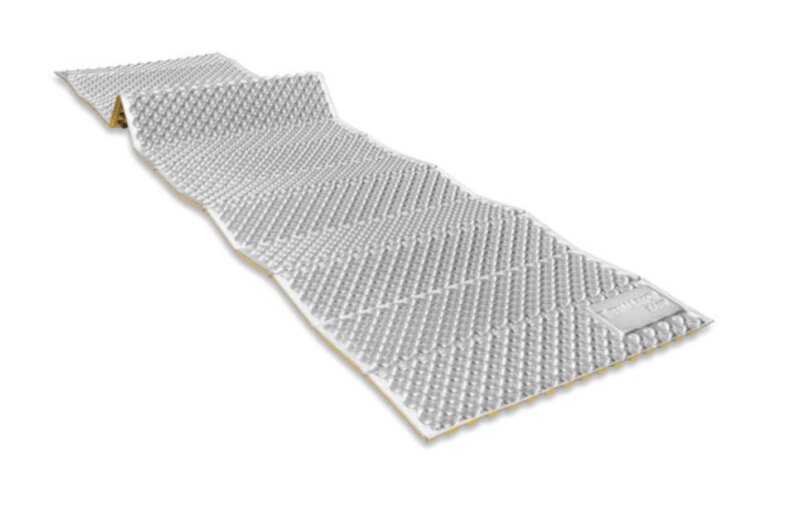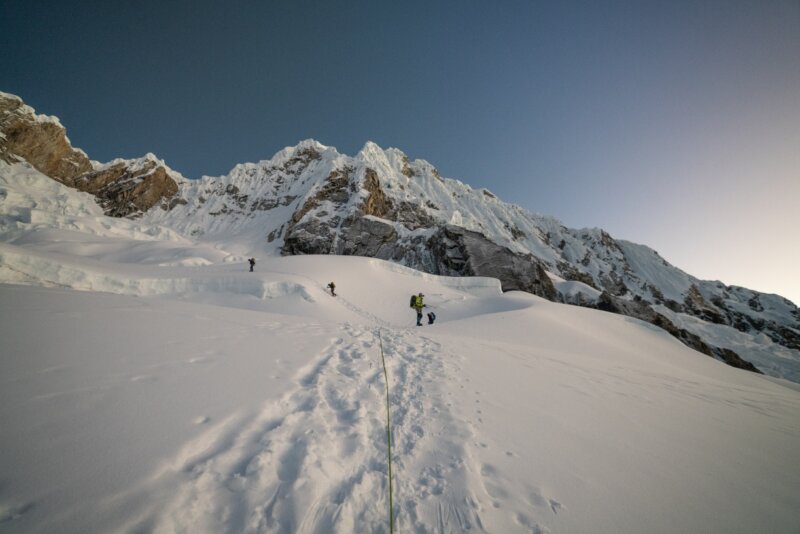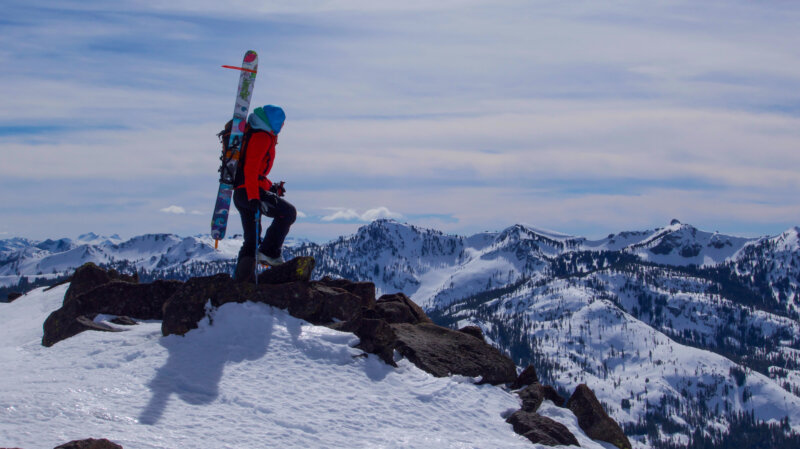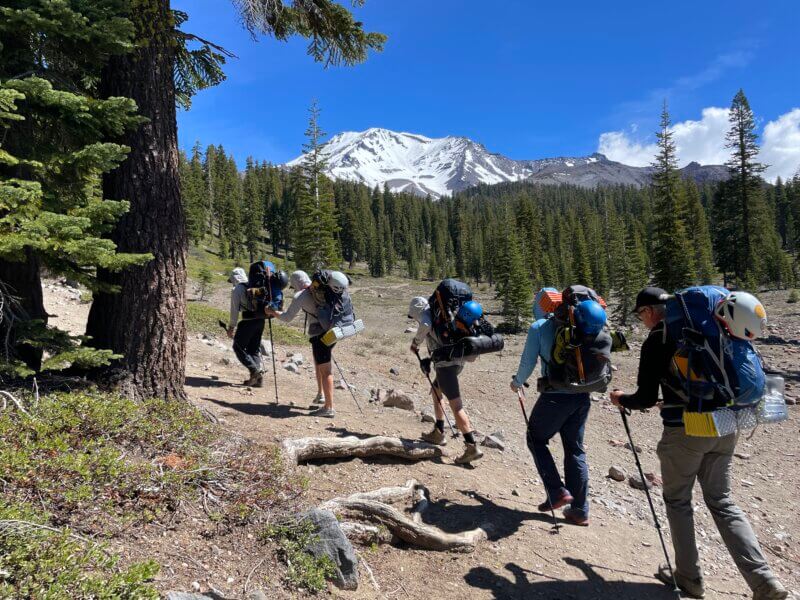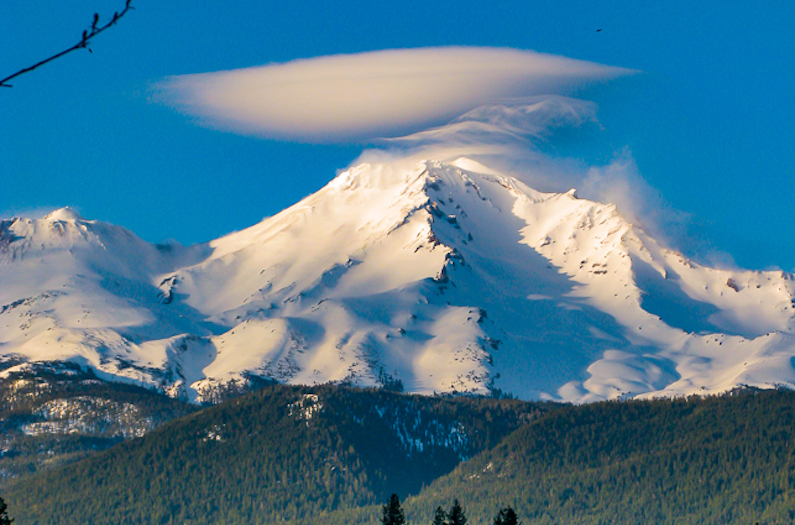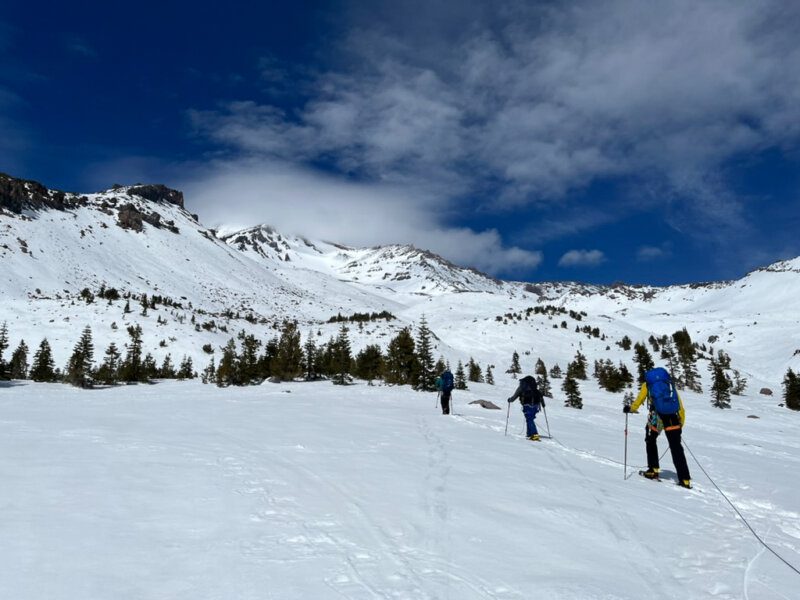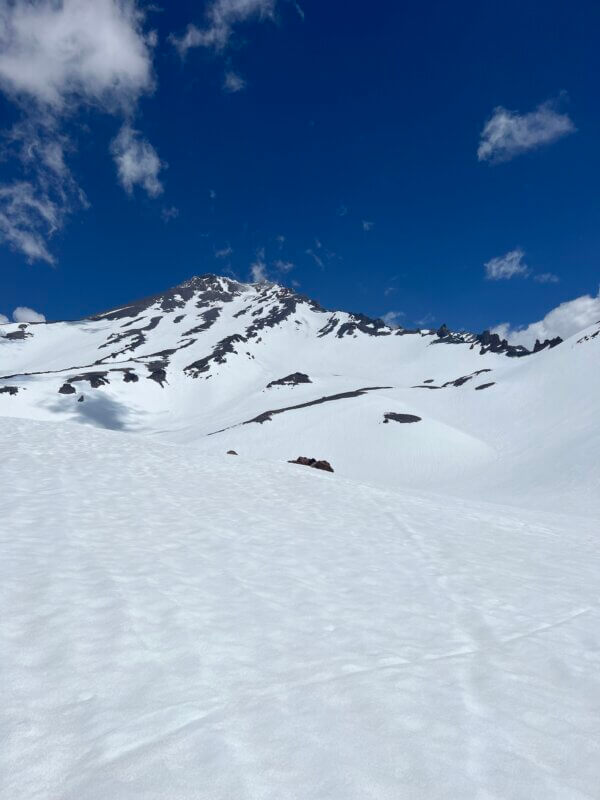Mount Shasta Mountaineering School
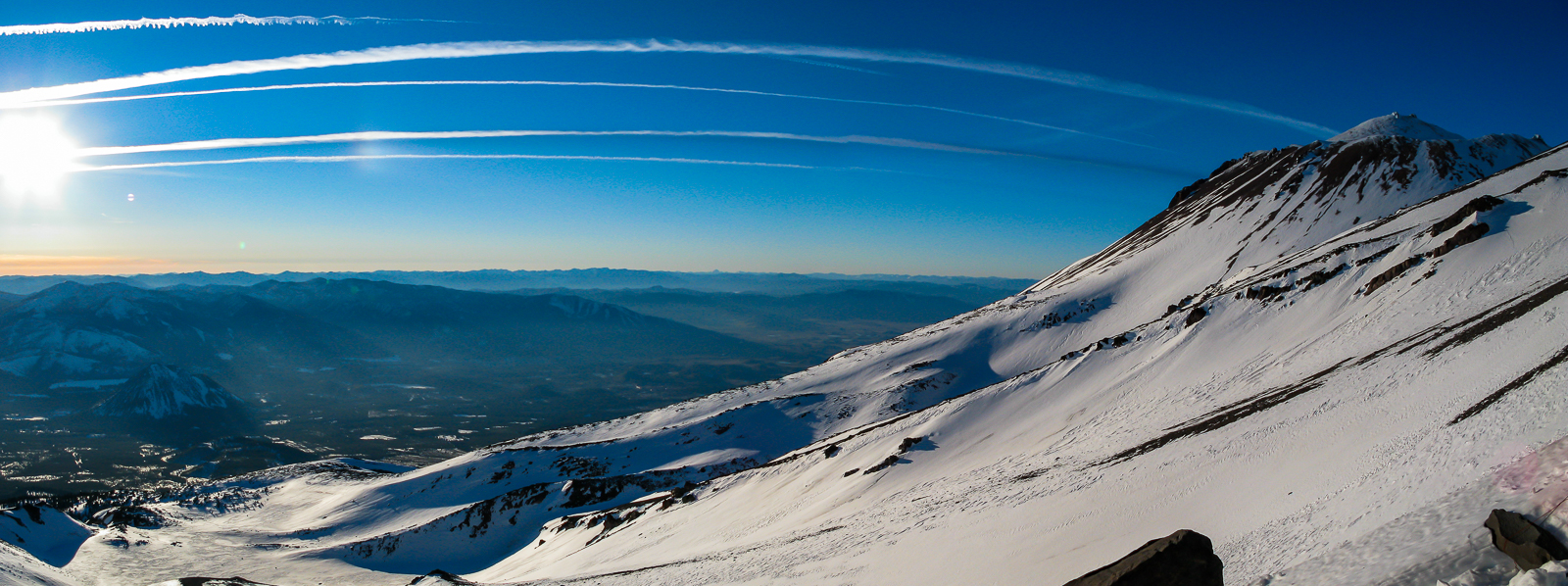
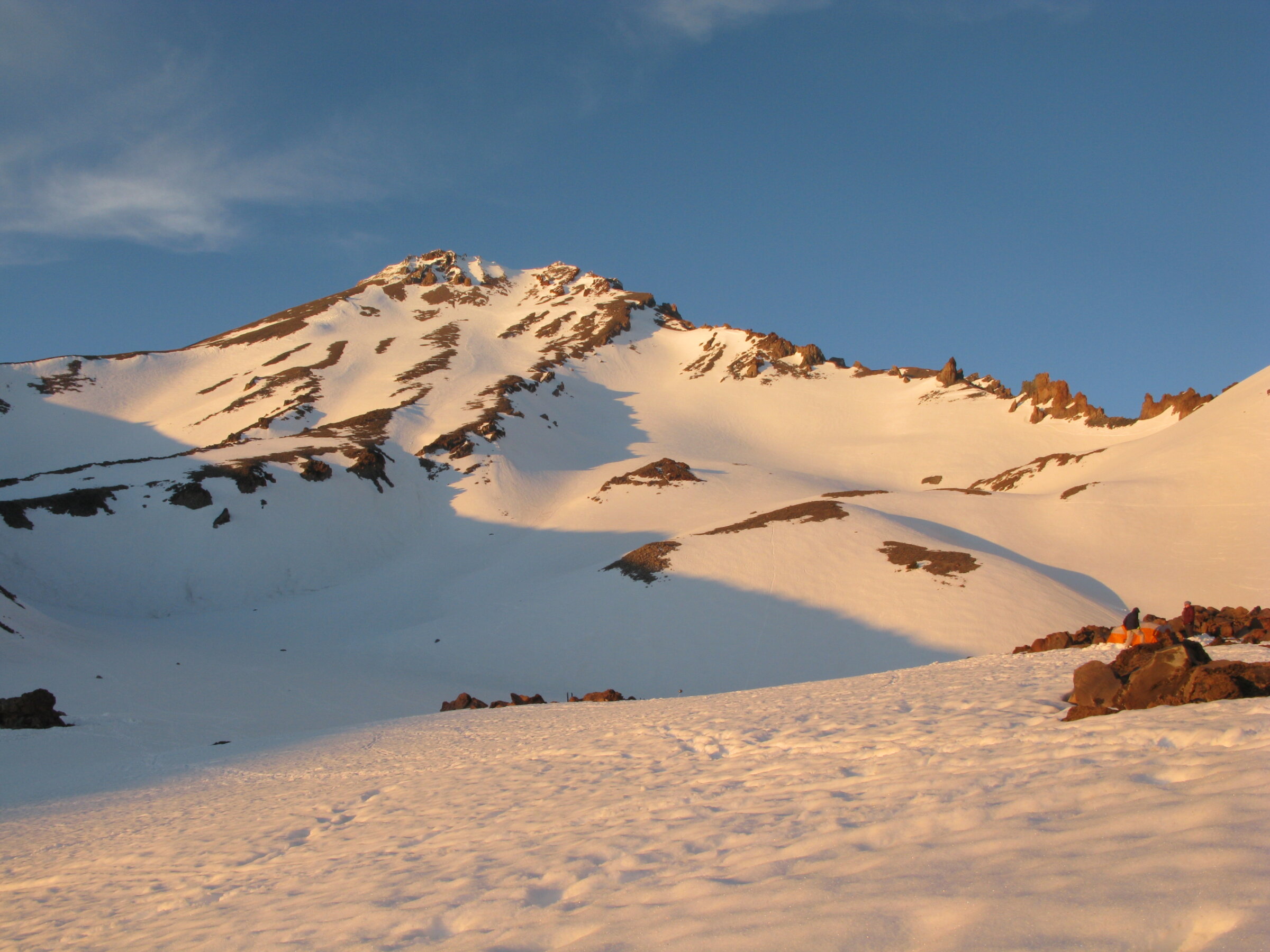
Mount Shasta Mountaineering School
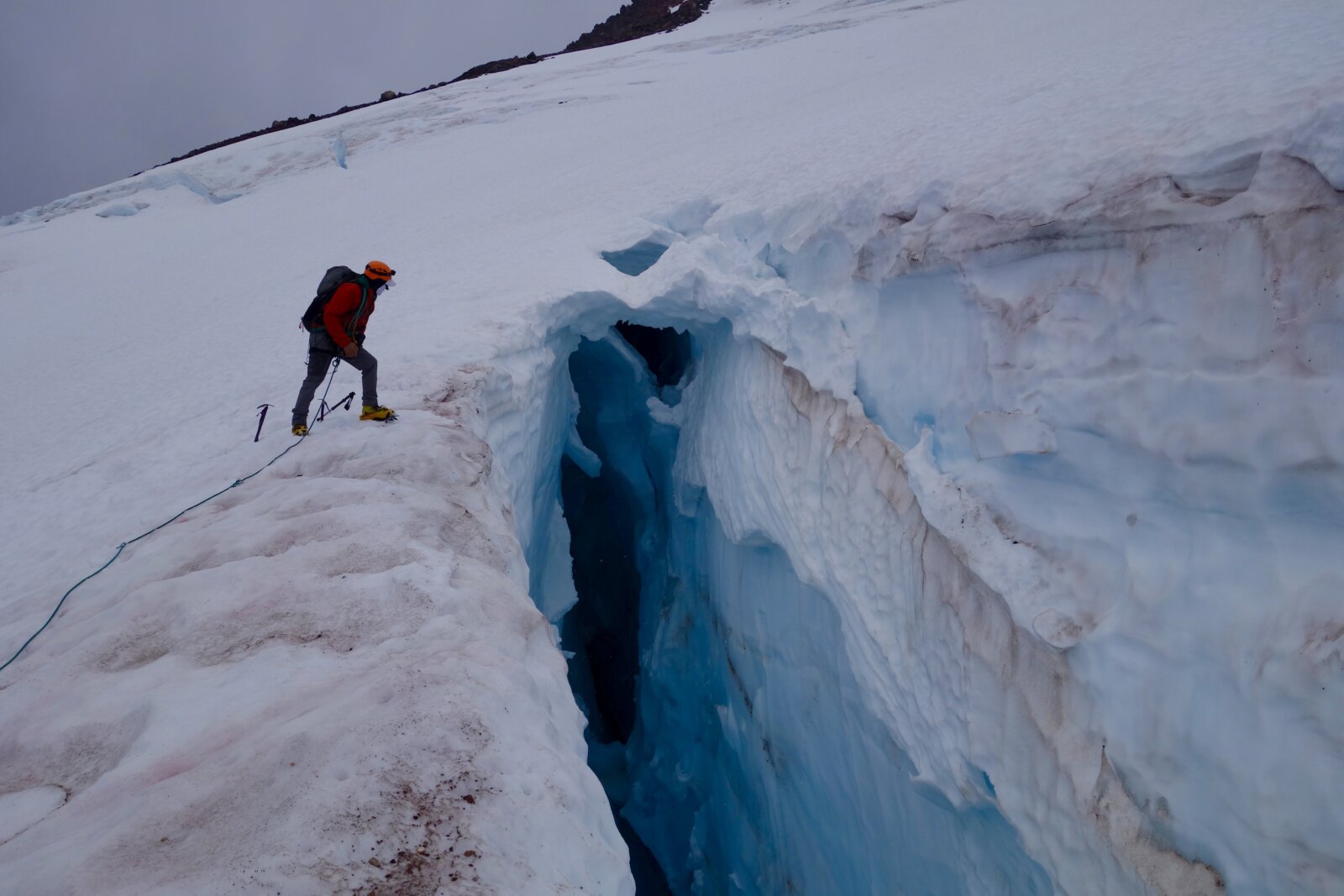
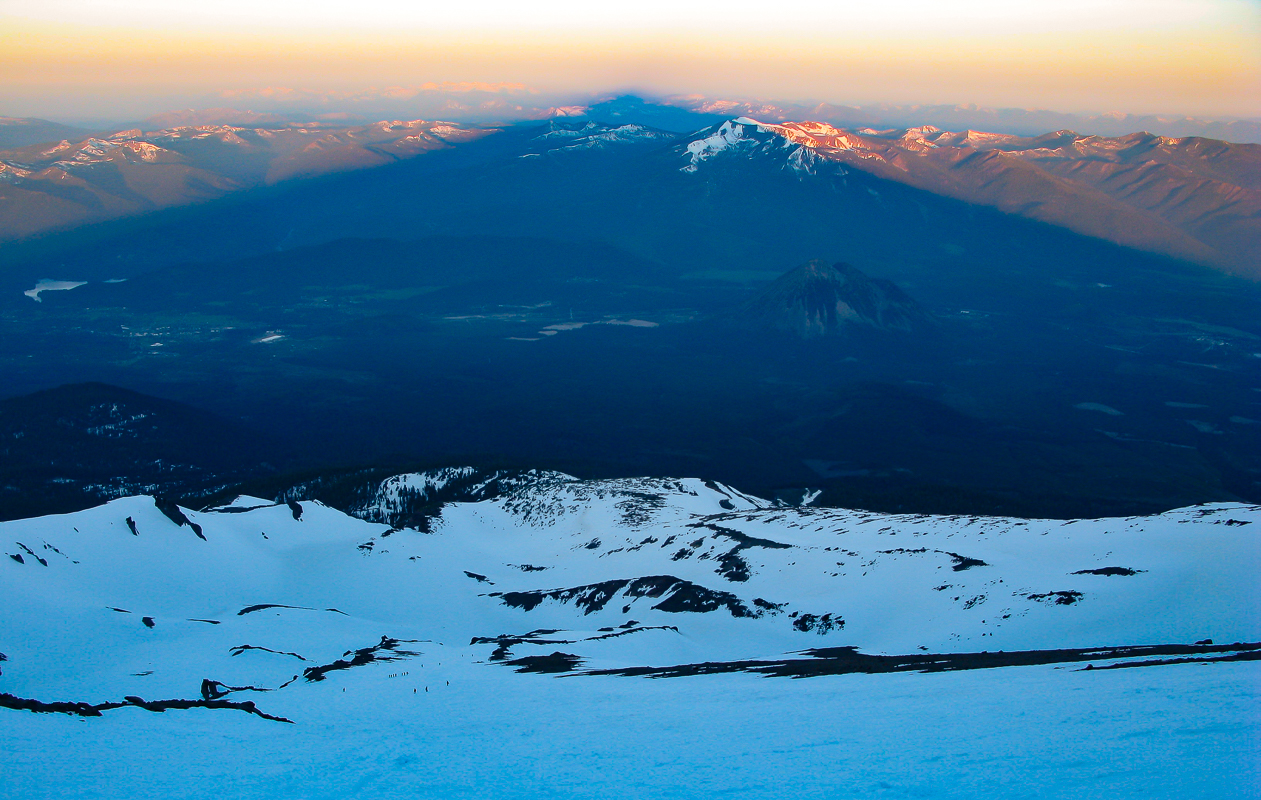
This Shasta mountaineering school and North Side summit climb is designed to prepare aspiring mountaineers for high-altitude peaks around the world.
With two days of skills training on Mount Shasta‘s Hotlum Glacier, it is the perfect opportunity to learn mountaineering skills here in California. The Northeast Side on Mount Shasta holds numerous complex routes that cross massive sheets of ice; perfect for glacial travel, crevasse rescue and snow travel skills work.
MOUNTAINEERING SKILLS DAY ON MOUNT SHASTA:
Our California mountain guides will help you learn the basic skills of mountaineering:
– Introduce basic concepts of snow and ice climbing
– Become familiar with equipment choices, use and inspection.
– Practice knots, hitches and basic rope-work
Climbing a snow-covered peak, like Mount Shasta can be difficult, and the specific challenges that we typically encounter can easily add unnecessary time or risk to your day. After hundreds of mountaineering expeditions all over the world, our Tahoe guides are experts in mountaineering techniques. This mountaineering course is crafted to deliver the skills, knowledge and techniques necessary to start (or further) your mountaineering career.
MOUNTAINEERING SKILLS YOU WILL LEARN:
– Introduction to Mount Shasta‘s alpine environment
– Hazard recognition
– Overview of equipment
– Moving over steep snow
– Crampons and Ice axe use
– Diagonal and direct ascent and descent
– Self arrest
– Basic rope-work
– Knots and hitches
– Snow and anchors
-Belaying and rappelling
– Guided vs non-guided rope-work
– Strategies to increase security
GLACIER TRAVEL AND CREVASSE RESCUE DAY ON MOUNT SHASTA:
Traveling on glacial terrain can be inherently dangerous, difficult and complicated due to the variable nature of the terrain, the limited ability to scope out the hazards in advance and the serious consequences of falling into a crevasse. Even a minor fall into a crevasse can negatively affect the safety and success of the adventure.
Preventing a fall, or limiting the potential severity of a fall, into a crevasse while moving efficiently is the goal of glacier travel and requires practice and attention to detail. Further; if a fall does occur, rapid, organized and safe rescue is the goal of crevasse rescue.
GOALS OF THIS MOUNTAINEERING COURSE ON SHASTA:
– Introduce basic concepts of glacier travel and crevasse rescue.
– Become familiar with equipment choices, use and inspection.
– Practice roped travel, self-rescue and partner rescue.
– Choosing how to travel on glaciated terrain is usually the first and often most difficult decision to make.
There are two basic ways to address glacier travel safety and they usually depend on the activity and/or the perceived level of hazard:
– Having the team roped up in advance and pre-equipped for self and team rescue. This is the more traditional mountaineering glacier travel approach.
– Traveling unroped and having rescue equipment available for team rescue. This is most common for heli ski and ski mountaineering descents.
Choosing how to rescue is the next difficult decision to make and requires a specific skill set and significant practice. We will dive into both of these approaches and learn about the intricacies of both travel and rescue in each situation. Basic skills covered throughout the day include:
– Introduction to the glaciated environment
– Anatomy of a glacier
– Hazard recognition
– Overview of equipment
– Basic Rope-work
– Knots and hitches
– Tie in methods and spacing
– Team size and how that affects security
– Moving as a team
– Strategies to increase security
– Crevasse Rescue
– Overview of incident response to a crevasse fall
– Snow anchors and load transfers
– Lowering systems
– Raising systems
– Rope ascending and descending
MOUNT SHASTA SUMMIT BID
After spending the last two days developing the skills necessary for a successful summit of Mount Shasta, it will be time for our own summit bid. An Alpine Start will kick off our day, as we move under the cover of the stars towards the summit. We’ll utilize all of our new skills as we climb the beautiful North Side route of Mount Shasta. After a short celebration at the summit of Mount Shasta, one of California’s most iconic peaks, we’ll begin our descent back to base camp where will we get some much needed rest before trekking back to the trailhead the following day.
The Hotlum Glacier is our first choice for this itinerary. However, depending on conditions, our guides will occasionally select a different route to accomplish the same goals.
Interested in this trip with a ski descent? Check out our Mount Shasta West Face Ski!
WHO CAN CLIMB MOUNT SHASTA?
Aspiring mountaineers with excellent physical fitness who want to gain the basic skills of glacial travel and also reach a fun, challenging summit.
WHAT’S INCLUDED IN OUR MOUNT SHASTA MOUNTAINEERING SCHOOL:
– Food on the mountain
– Group Gear: Tents, Camp Kitchen, etc. (Does not include bowl, fork, spoon, sleeping bag, or sleeping pad)
– Ropes and other Technical Equipment (Does not include mountaineering boots)
– Wilderness Permits
– Tahoe Guide Fees
- Day 1
- Ascend to Camp
8:00am: Meet and Greet in Town and brief for your trip
10:00am: Depart for Brewer Creek or Northgate trailhead
11:30am-4:00pm: Hike to camp
4:00pm-8:00pm: Campcraft training, dinner, and an overview of the next day’s training
8:00pm: Bed - Day 2
- Skills Training on Mount Shasta’s Hotlum Glacier
7:30am: Breakfast
8:30am-3:30pm: Basic Mountaineering skills training
3:30pm-7:30pm: Dinner & evening training
8:00pm: Bed - Day 3
- Skills Training on Mount Shasta’s Hotlum Glacier
7:30am: Breakfast
8:30am-3:30pm: Glacier Travel and Crevasse Rescue skills training
3:30pm-7:30pm: Dinner & evening training
8:00pm: Bed - Day 4
- Summit Bid via Hotlum Glacier
1:00am-3:00am: (conditions dependent) Alpine start
11:00am-2:00pm: (conditions dependent) Turnaround time
Back in camp by mid-afternoon - Day 5
- Descend to Trailhead
7:30am: Breakfast
8:30am: Depart for trailhead
11:30am: Arrive at trailhead
